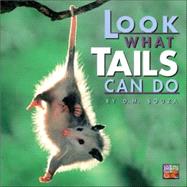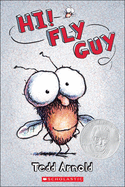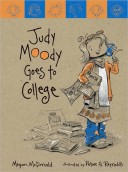Category: Read-Alouds
Willard, Nancy. Sweep Dreams. Illus. by Mary Grandpre. Unpaged. Little Brown and Company. 2005. ISBN 0-316-94008-9.
When a beautiful broom with red straws catches the eye of a man, he immediately falls in love with this new handmade treasure. He declares that she is too special to use, but he soon discovers that an inactive broom becomes melancholy and despondent. In an attempt to save his suffering broom, the man calls the veterinarian, who promptly declares that she must sweep in order to regain her vitality. A diligent sweeping regimen is begun, and one night he awakens to find the broom sweeping by herself in the living room under the light of the moon. From that point on, the broom contentedly sweeps and dances away the days until she suddenly disappears from the man’s home. While the broom is taken by a lurking stranger, the author weaves an intricate tale as the man searches for his sweeping companion. The magical story lures the reader onward as it follows the woeful plight of the dancing broom and the courageous rescue efforts of the man. Set in a fantasy world, the glowing pictures illuminate the story and complement the mysterious tone of the book. With description and originality, the author draws the reader into this fun story, and primary age children will be enthralled with the exploits of the dancing broom and her faithful protector.





